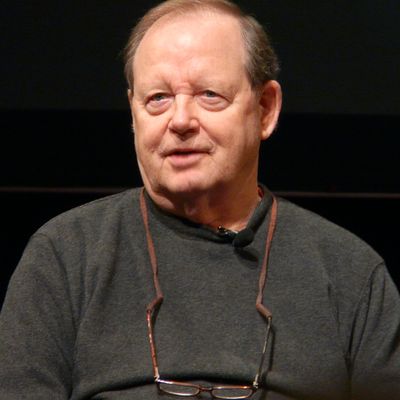
Robert Taylor, the man perhaps most responsible for the modern internet, passed away Thursday, April 13, at the age of 85.
In 1966, Robert Taylor transferred from NASA into ARPA, and saw an immediate opportunity and an immediate problem on his first day on the job.
ARPA researchers were using computer terminals linked to various computers around the the country to do their work. There were a set of terminals, each bundle of terminals connecting to one of three computers: One at MIT, one at Berkeley, and a third at the System Development Corporation in Santa Monica. The system being used by ARPA when Taylor joined was advanced for the time — users were able to use time-sharing to allow multiple researchers to use the computer at, say, MIT simultaneously. And, almost by happenstance, the researchers began to know one another, and to communicate with each other online — but only because they shared time on the same computer. For Taylor, this represented a fascinating possibility.
But there was a problem: All the researchers who used the MIT computer could communicate with one another easily, but not with researchers using the computer at Berkeley. Communities were becoming siloed, depending on which mainframe they were sharing.
Taylor wanted to connect these communities, to allow communication between them as easily as they were able to send and receive data from the mainframes their terminals were hooked up to.
“I went to see Charlie Herzfeld, who was the head of ARPA, and laid the idea on him,” said Taylor in an interview with the New York Times. “He liked the idea immediately, and he took a million dollars out of the ballistic missile defense budget and put it into my budget right then and there.” He added, “The first funding came that month.”
The project, later called ARPANET, laid the groundwork for the modern internet. Several key decisions, such as distributing data to nodes along the network, instead of using a centralized control program, helped make the modern internet as open and resilient as it is today. A 1968 paper written by Taylor and J.C.R. Licklider, “The Computer as a Communication Device,” essentially lays out a road map to what would eventually become the internet as we know it today.
Taylor’s next job was helping run Xerox PARC (Palo Alto Research Center). While there, he worked on projects that included desktop computers with windowed graphical user interfaces, a laser printer, and the WYSIWYG word processor. Many of the ideas created at Xerox PARC were later taken by both Steve Jobs and Charles Simonyi to create Macintosh and Windows computers.
He even, in 1961 and many years before Xerox, helped develop the mouse, pumping money into the research of Douglas Engelbart, who created the first handheld pointing device for computers.
Taylor passed away at his home from complications due to Parkinson’s disease. His view of the internet remained that its true promise wasn’t about how fast it could go or how much data it could send — but what it could allow people working in concert to accomplish.
“The internet is not about technology; it’s about communication,” he said in a speech in 2000. “The internet connects people who have shared interests, ideas and needs, regardless of geography.”





























